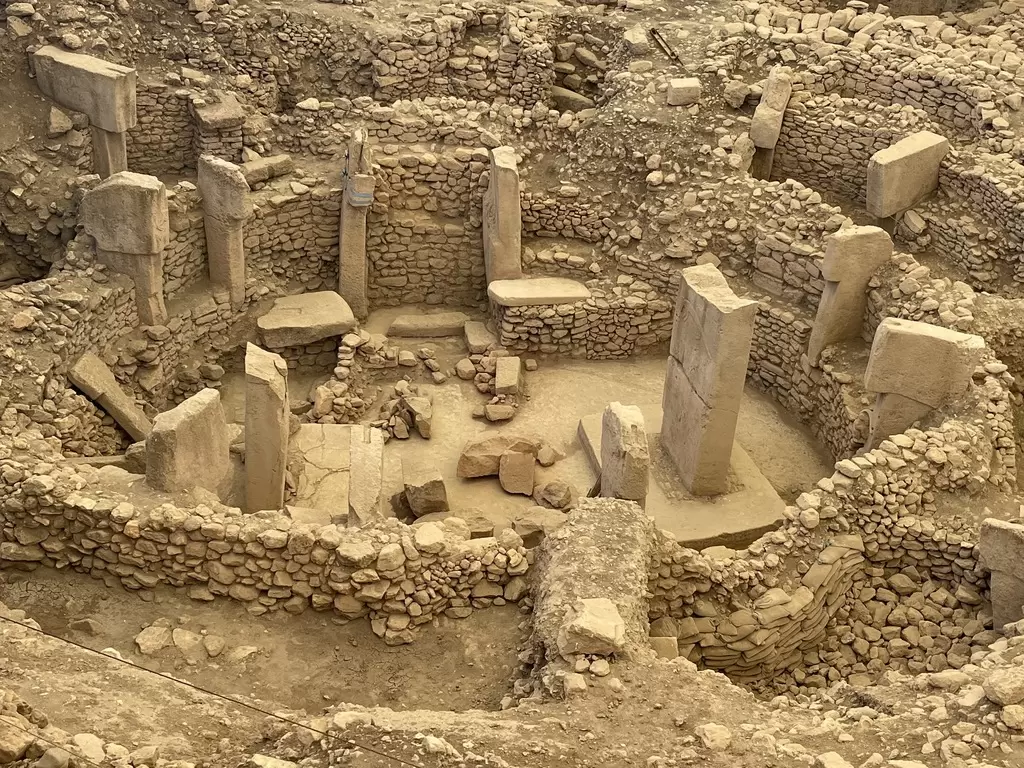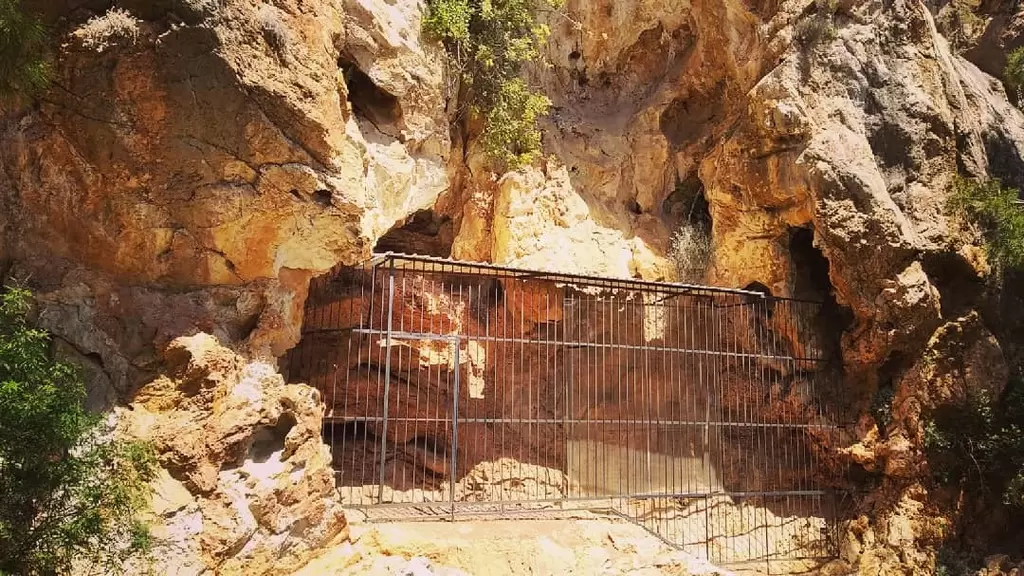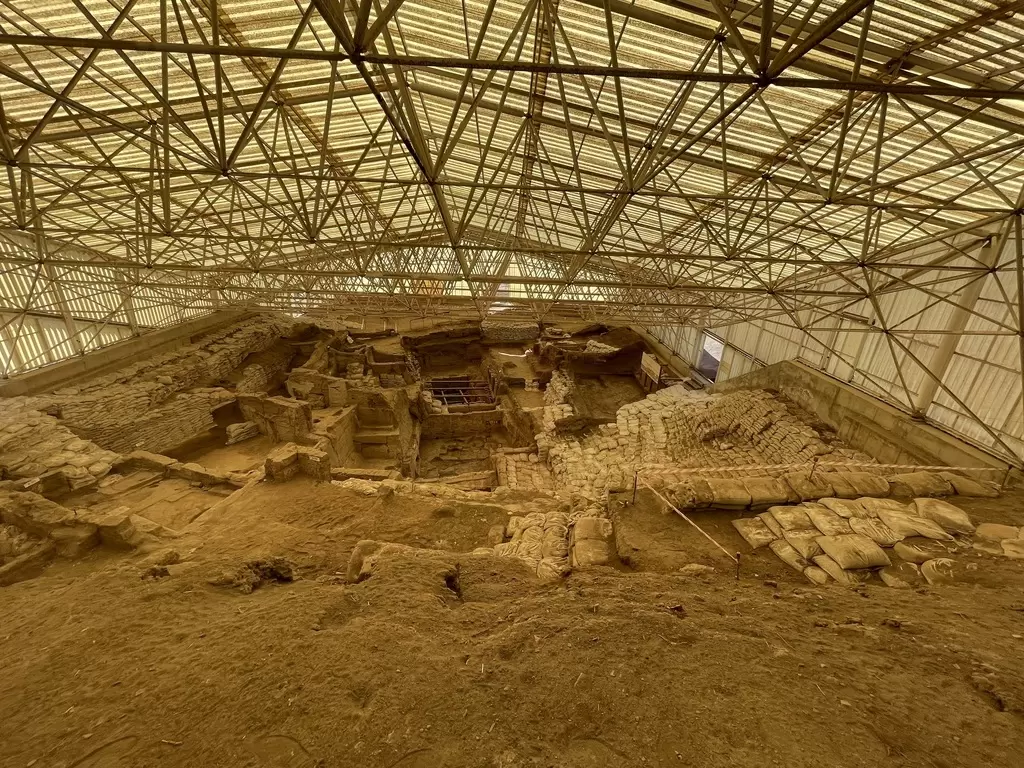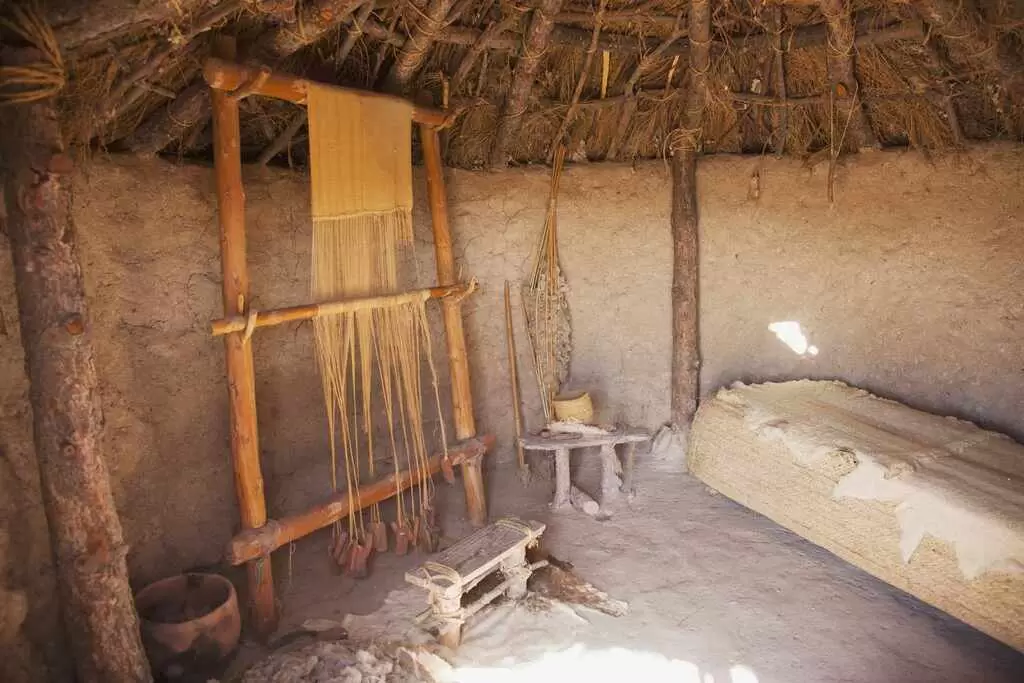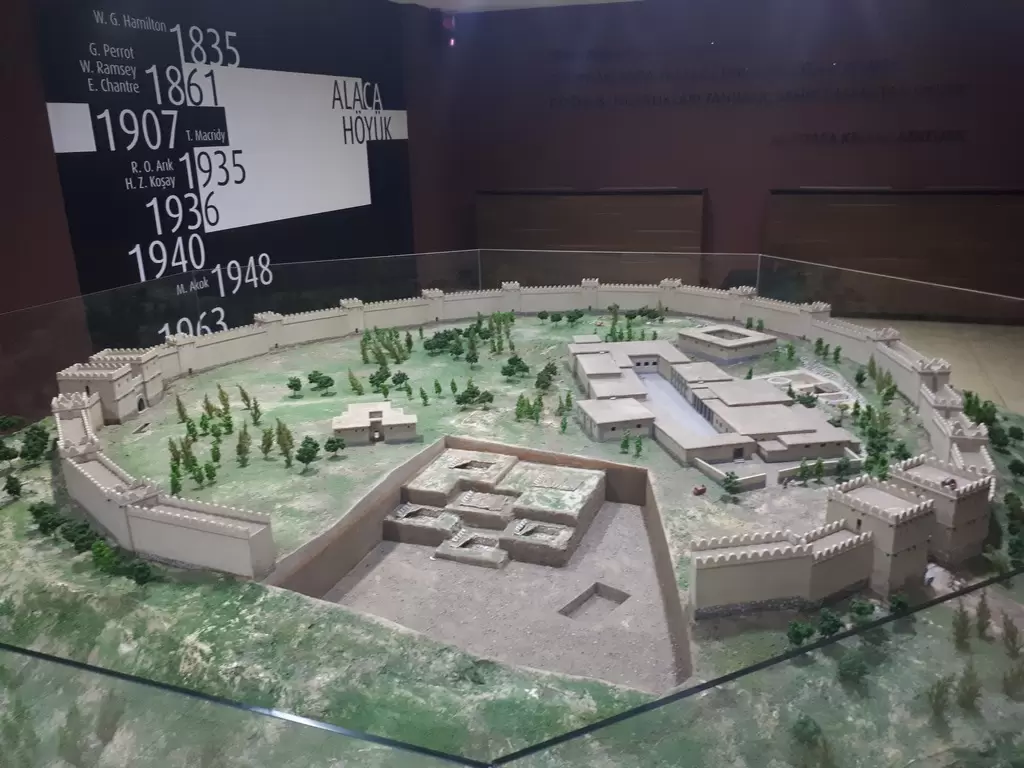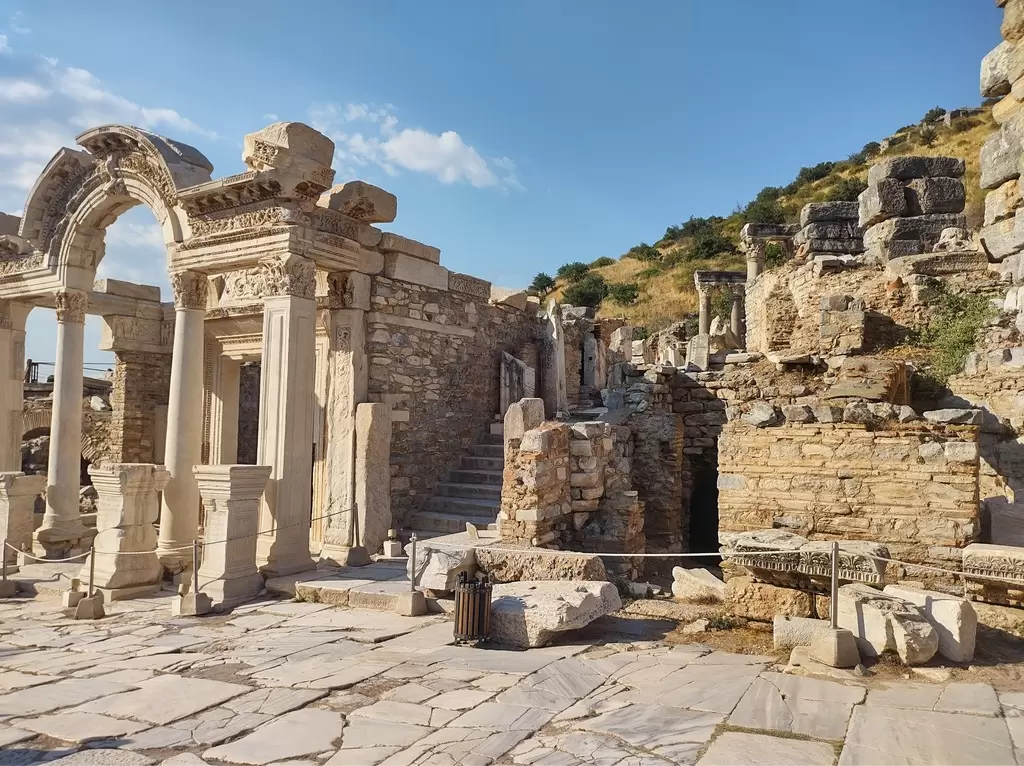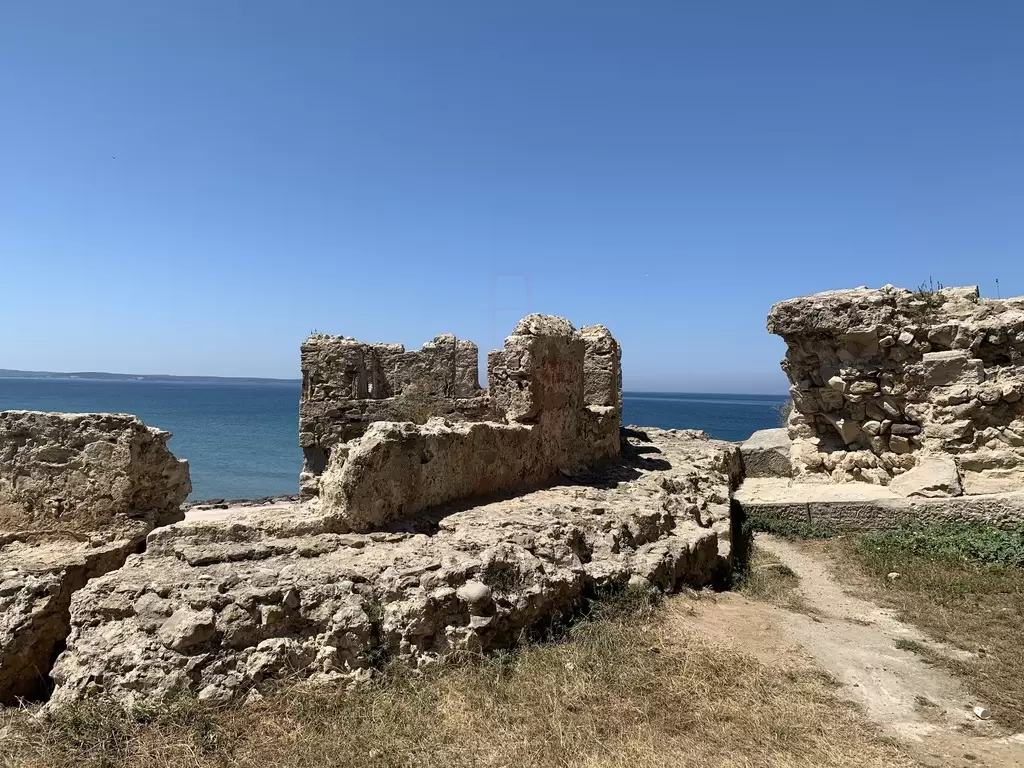
The Paleolithic era in Anatolia, spanning from approximately 1.5 million years ago to around 10,000 BCE, represents a crucial period in the evolution of early human beings. This era is marked by the emergence of hominins and their development of tools and social structures that laid the foundation for later civilizations.
One of the most important sites from the Paleolithic period in Anatolia is Karain Cave, located near Antalya. Excavations at this site have uncovered a rich array of artifacts, including finely crafted stone tools made from flint. These tools, which include hand axes, scrapers, and blades, highlight the sophistication of early human technology. The cave also contains evidence of fire use, indicating that the inhabitants were able to control fire for warmth, cooking, and protection.
Another significant site is Beldibi Cave, which has revealed a wealth of archaeological evidence, including tools and animal remains. The findings suggest that the inhabitants were skilled hunters and gatherers, relying on the diverse fauna and flora of the region for sustenance. The presence of large game animals, such as deer and wild boar, points to the hunting practices that characterized this era.
Paleolithic communities in Anatolia were likely organized in small, mobile groups, moving in search of food and resources. This nomadic lifestyle required a deep understanding of the environment, including seasonal changes and animal migration patterns. The rich landscapes of Anatolia, with its mountains, rivers, and plains, provided ample resources for these early humans.
Art and symbolic expression also began to emerge during the Paleolithic. Although not as prominent as in later periods, evidence of early artistic endeavors has been found in some Anatolian caves, including engravings and simple carvings. These artifacts suggest the beginnings of cultural expression and the development of social identity within these communities.
The end of the Paleolithic era marked a significant transition as climatic changes led to the gradual shift from a hunter-gatherer lifestyle to settled agricultural practices in the Neolithic period. This transition was pivotal in shaping the course of human history, as it facilitated the rise of permanent settlements and the development of complex societies.
Today, the Paleolithic heritage of Anatolia continues to intrigue researchers and visitors alike. The region's archaeological sites offer a unique opportunity to explore the lives of our ancient ancestors, providing valuable insights into the early stages of human evolution and adaptation. Travelers can engage with this rich history through guided tours, museum exhibits, and archaeological programs, deepening their understanding of the remarkable journey of humanity.








